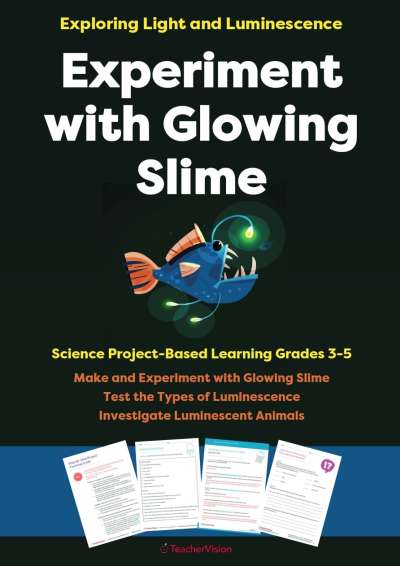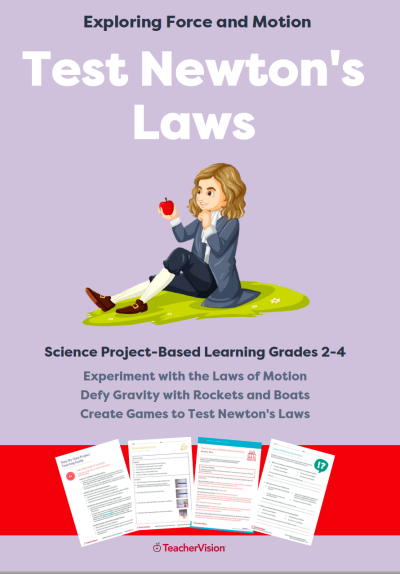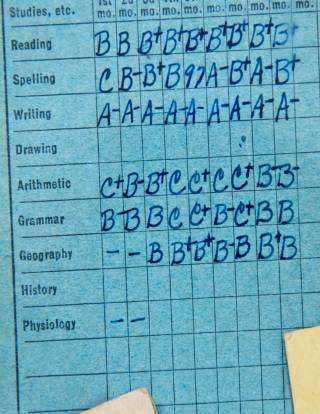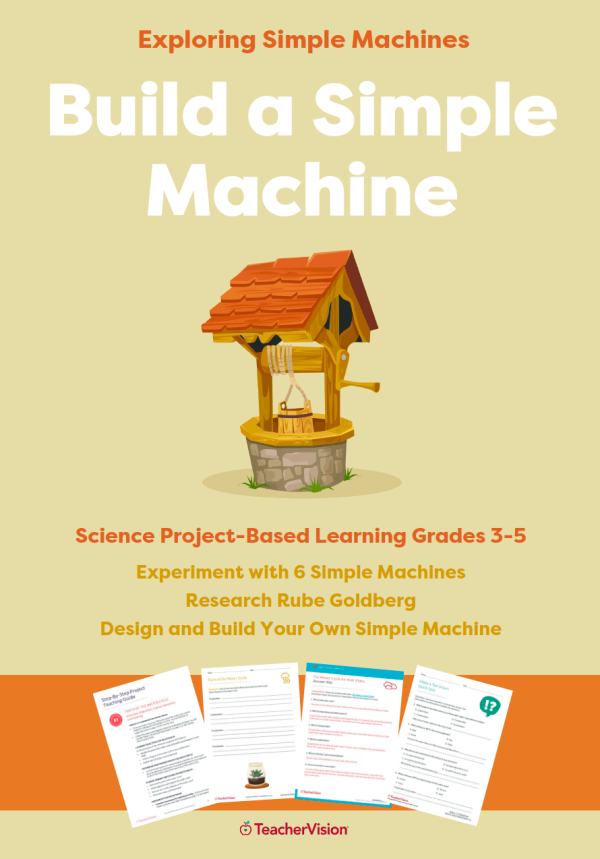
Included with a Premium Membership
Subscribe for instant access to this and every resource on TeacherVision.
An NGSS-Aligned Lesson on Types of Simple Machines
Experiment with all 6 types of simple machines, test the concepts of force and motion using levers, screws, wedges, and inclined planes, learn about "mad inventor" Rube Goldberg, and design, build, and display a working "Rube Goldberg Machine" with this science PBL unit.
Your students will discover and experiment with all 6 types of simple machines and design and build a "Rube Goldberg Machine" in this complete project-based learning unit on simple machines and force and motion for 3rd to 5th grade science. They'll study levers, wheels and axles, pulleys and inclined planes, and wedges and screws in detail by performing experiments with each, learn about American scientist and inventor Rube Goldberg and his whimsical machines, and design and build a "Rube Goldberg Machine" that enables them to synthesize and showcase their knowledge of simple machines.
What's Inside
Packed with hands-on inquiry-based activities, extensions and enhancements, cross-curricular independent and group work, and engaging and interactive challenges, this 59-page project-based unit comes complete with:
- For the Teacher: A complete Simple Machines Lesson Plan with step-by-step instructions for all activities, teaching tips, assessment guidance, and inquiry questions.
- For Students: A full-color Student Pack complete with all of the printables and instructions students need for the experiments and activities - just print (or share) and teach!
A complete, ready-to-teach Teacher Pack that includes:
- Teacher versions of all the student printables with step-by-step annotations and notes for teaching simple machines;
- Formative and summative assessments, answer keys, and a full project rubric;
- Instructions and guidance for the extension activities and project enhancements;
- Materials and resources lists, links to videos, and additional resources for lecture and presentation.
What's Included
Lesson Plan - Step-by-Step Project Guide
- Milestone 1: Levers, Wheels, and Axles
- Milestone 2: Pulleys and Inclined Planes
- Milestone 3: Screws and Wedges
- Milestone 4: Learning About Rube Goldberg
- Milestone 5: Simple Machines Presentations
Teacher and Student Resources
- Materials List for the Projects in this Unit
- Books About Simple Machines (optional)
- Simple Machines Activity and Answer Key

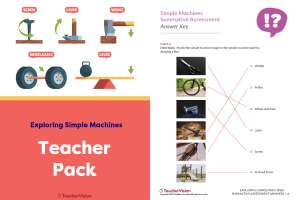
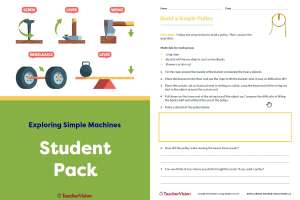
OVERVIEW:
This project-based learning lesson is designed to support and reinforce the concepts taught as part of a lesson on Simple Machines and Forces and Motion. It is built around 5 inquiry-based milestones that incorporate cross-curricular hands-on projects, formative and summative assessments, independent and group activities, and extensions.
STUDENT/GROUP OUTPUT:
In the course of this project-based learning unit, students will:
- Build background knowledge about the 6 types of simple machines;
- Perform various experiments with each type of simple machine (levers, wheels and axles, pulleys and inclined planes, wedges and screws;
- Learn about inventor and cartoonist Rube Goldberg and his whimsical and fantastic designs of simple machines;
- Design and build their own "Rube Goldberg Machine";
- "Show what they know" by demonstrating and displaying their Rube Goldberg Machine for classmates.
SUGGESTED SUBJECT PREREQUISITES:
Students will acquire necessary background knowledge of simple machines as part of this project, and instructional materials for providing that background are included in the Teacher Pack. Students should be familiar with basic concepts of forces and motion.
SEQUENCE AND PACING
This project-based unit is divided into 5 milestones. The minimum suggested duration for completing this project-based unit is 5 class periods. However, the unit is completely flexible can be lengthened or shortened as necessary or desired, based on available class time and interest level.
TECHNOLOGY RESOURCES (suggested):
- Internet access
STANDARDS ALIGNMENT
These activities support the following NGSS curriculum standards:
- 3-5-ETS1-1: Engineering Design: Define a Simple Design Problem
- 3-5-ETS1-2: Engineering Design: Generate and Compare Multiple Possible Solutions to a Problem
- 3-5-ETS1-3: Engineering Design: Plan and Carry Out Fair Tests
- 3-PS2-1: Motion and Stability: Forces and Interactions: Plan and Conduct an Investigation
- 3-PS2-2: Motion and Stability: Forces and Interactions: Make Observations and/or Measurements of an Object's Motion




